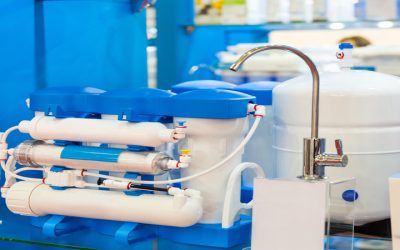While these sources have some of the safest water available, the water will inevitably mix with the organic materials found in the earth. These materials include minerals that are largely beneficial, like calcium, copper, and sodium to name a few, but it will carry contaminants as well. These can include lead, chemical runoff, and arsenic. Due to this, a proper water filtration system is necessary to ensure the public’s safety.
There is a long list of
water filtration methods
that are often used. They usually start with a coagulant being added to the dirty water. Coagulants are chemicals that help in the early stages of the water filtration process by neutralizing their PH level. Activated carbon is the most commonly used coagulant. A bed of carbon is heated to up to char, and it then grows large pores. Toxins are caught within these pores and removed from the water filtration system.
While this is the most common method, it is normally used alongside other coagulants to maximize the number of toxins removed. Other common coagulants include ion exchange and ferric chloride.
This step is then followed by the flocculation process, where the water is mixed and sent to sedimentation basins. Here, the water is left to sit for long periods. As it sits, the solidified toxins will sink to the bottom of the basin as sludge. The sludge is removed, and the water is sent to be filtered. This is to remove any small suspended solids still in the water. The most common way of doing this is by using a sand filter.
By now, the water should be mostly crystal-clear, but it may still have a tiny number of bacteria that needs to be removed. Disinfection treatments are undergone. This is most commonly done with UV light or chlorine. From there, the water is sent to your tap.
